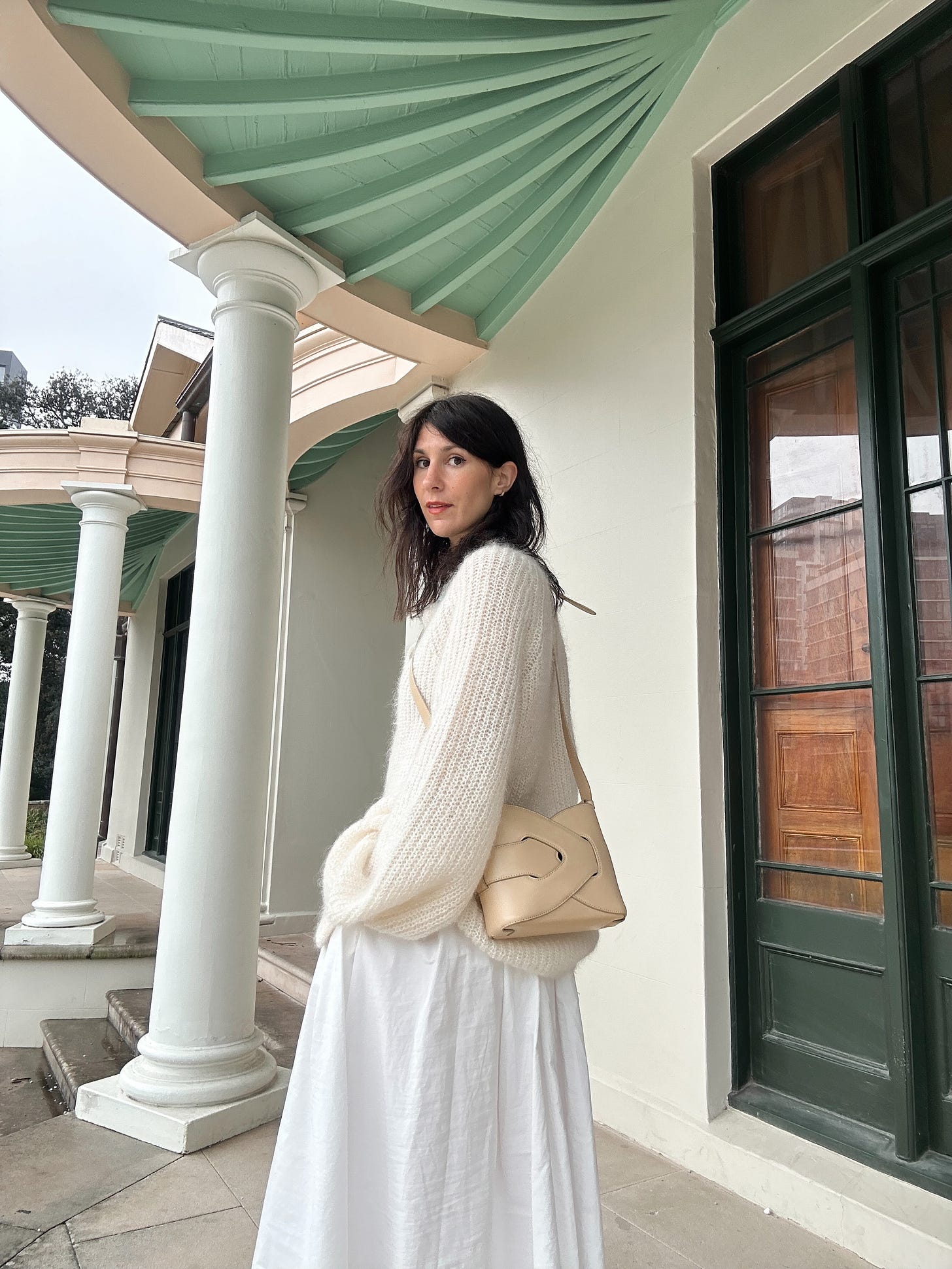It’s no secret that our social media tends to be an echo chamber of what we enjoy, appreciate, value, believe. Algorithms are excellent and showing you more of what aligns with what you already think, which creates further confirmation bias. And as these algorithms get more advanced, this tunnel vision starts to become more extreme. Basically, we’re no longer being exposed to things that sit outside of our taste profile.
When I think back to 2006, when I started my very first fashion blog, the landscape was very different. I was exposed to girls who were expressing themselves in ways that feel a lot less common now. The common thread that connected us was that we were all experimenting with our style as a collective. But our wardrobes looked nothing alike. There wasn’t a blueprint on how to build the perfect capsule wardrobe, fewer brands shipped globally which gave some restrictions on where and how you could shop, and fast fashion wasn’t quite the behemoth it’s become today.
It’s probably also salient to point out here that trends were vastly different. It was the age of maximalism and the Tumblr-goth aesthetic.
My own wardrobe was about 80% Karen Walker, and 20% contemporary American brands that I’d discovered through Gossip Girl and managed to snag on sale. I had a disposable income and was happy to spend it experimenting with my style. Taking risks and trying out new things, shopping with far less precision than I would now after years of exploring the boundaries of what I really do and equally don’t like.
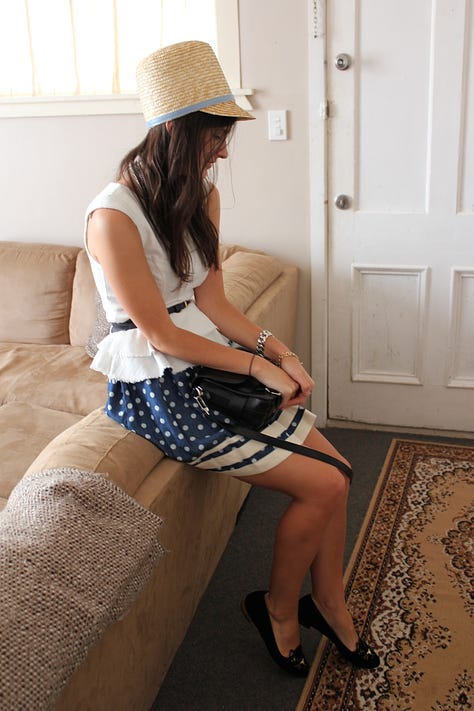
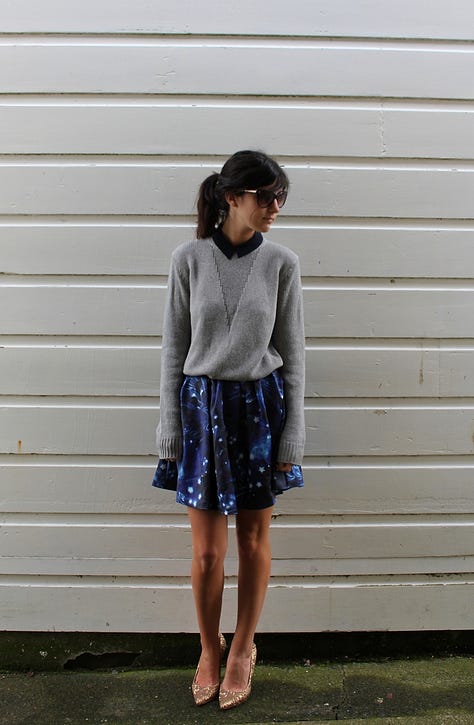
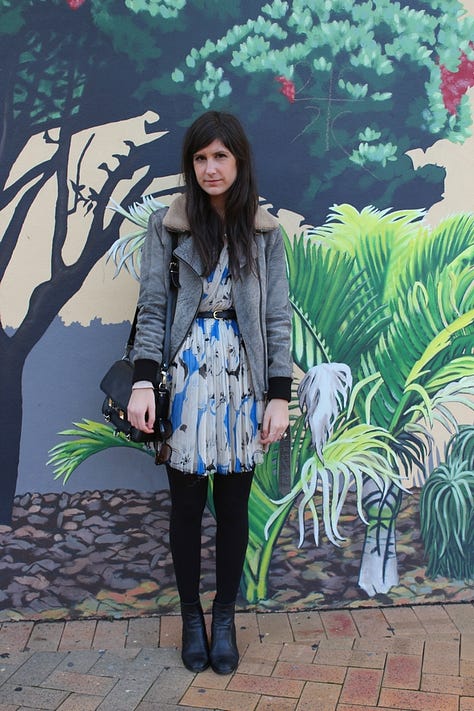
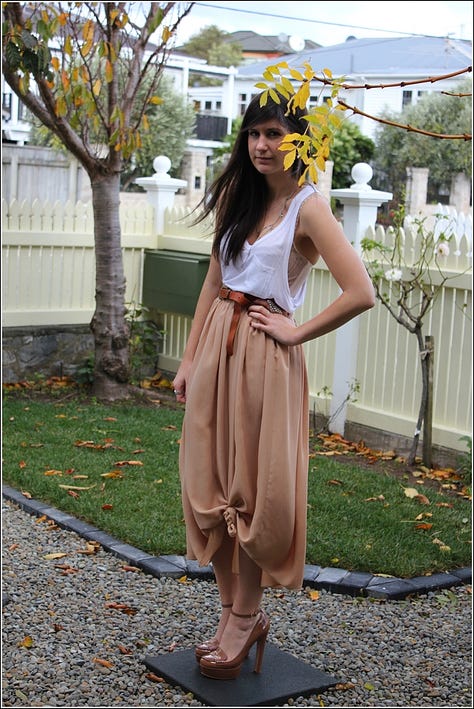
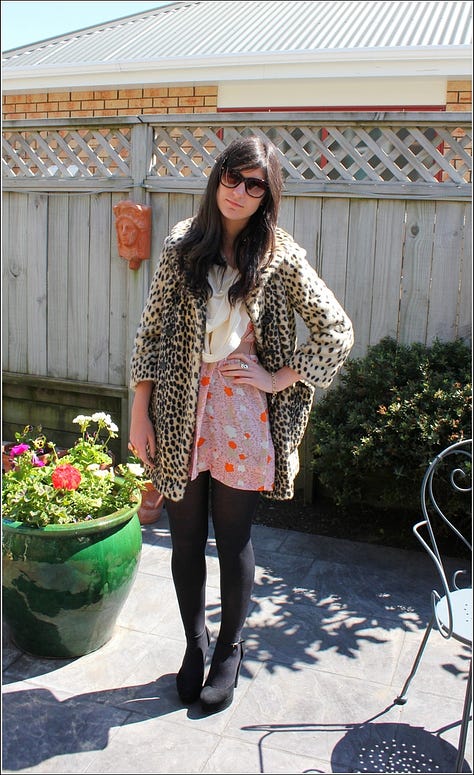
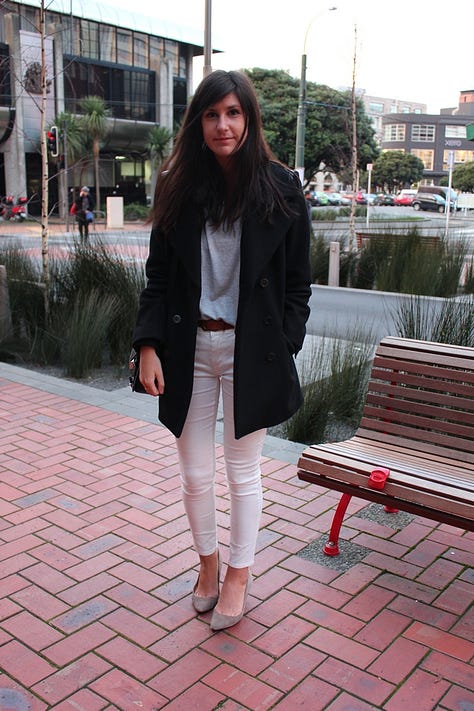
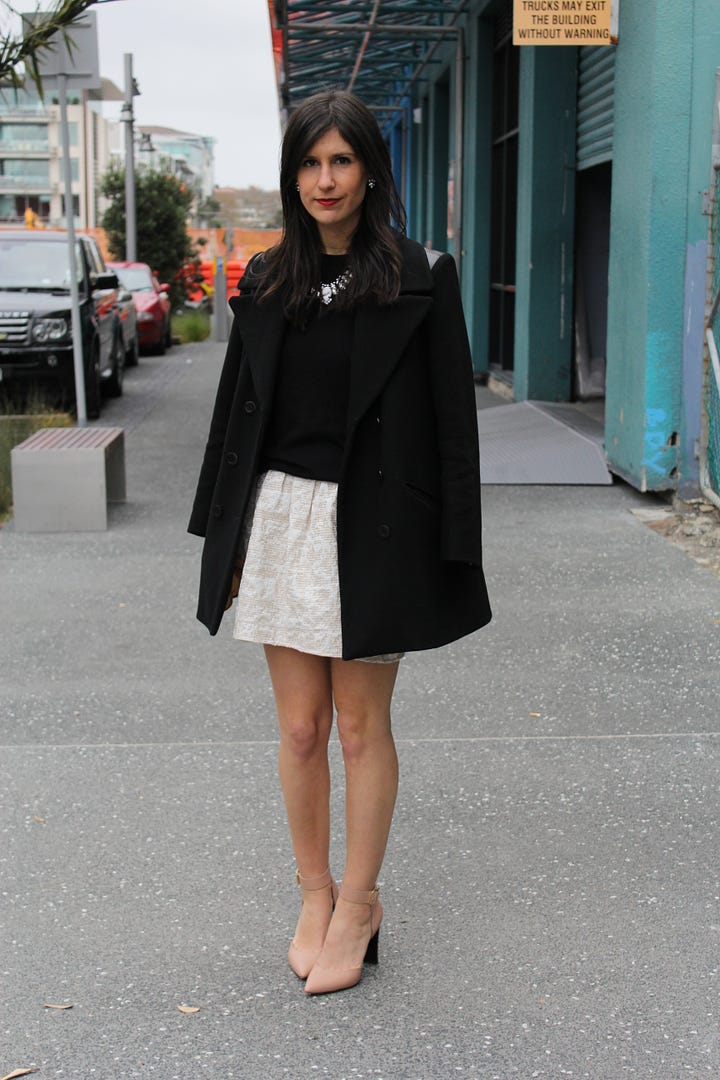
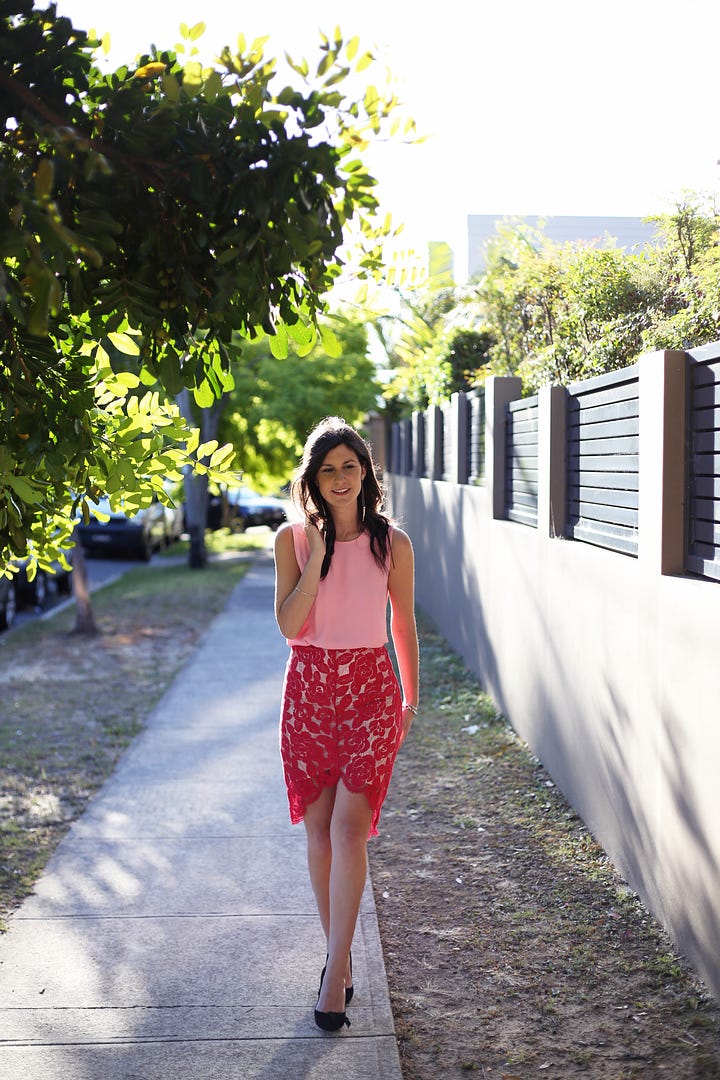
A quote from Iris Apfel comes to mind; great personal style is “an extreme curiosity about yourself”. Which brings into focus what your personal style should reflect: y—o-u. And the key here is that there’s no formula to what your style should look like. It’s the culmination of years of exploration, trial and error, experiences and memories.
The focus has quickly shift to a model of instant gratification. We want good style, and we want it now.




